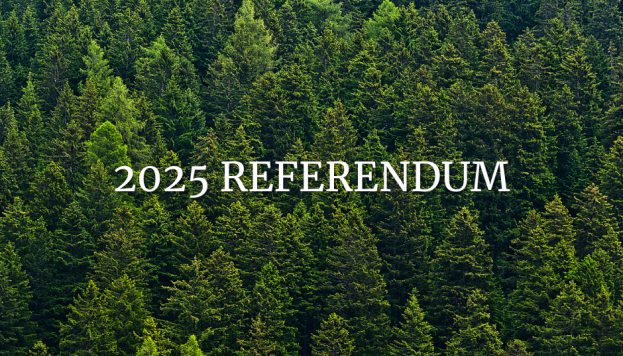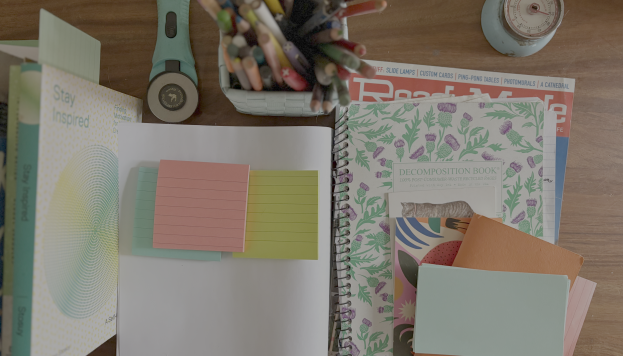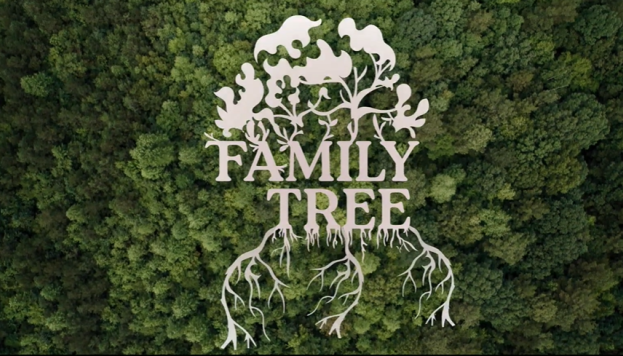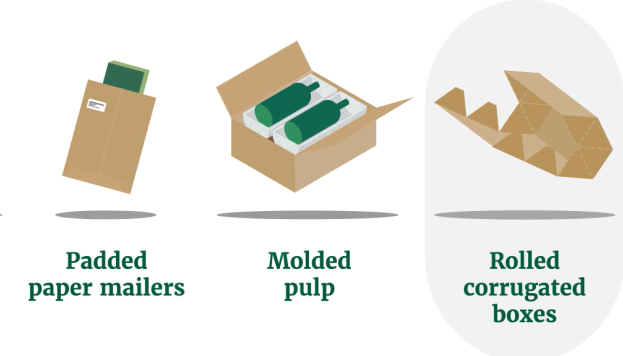Paper and Packaging’s Resource Footprint
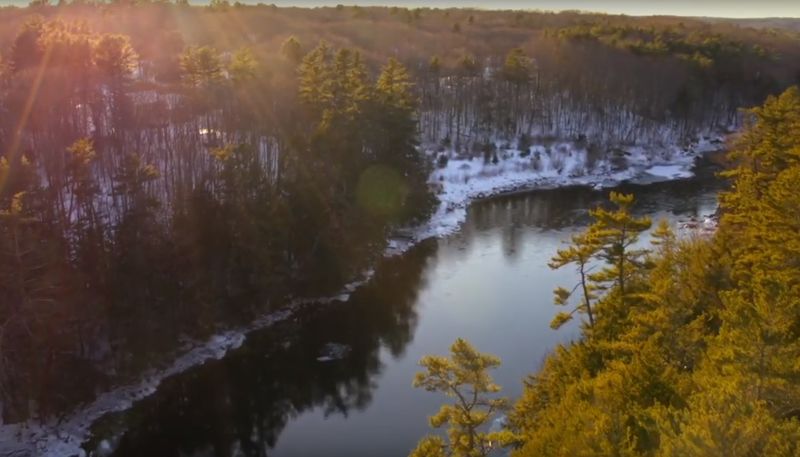
I recently came across an article in the Wall Street Journal that touched on concerns over a major food manufacturer opening a new production facility in upstate New York. Sure, the move brought good jobs, but it also sparked a discussion about the resource “footprint” of production in the town. Specifically, it sparked concerns over water usage. The new facility
“boosted…water usage by hundreds of thousands of gallons on some days—eventually bringing its overall demand to more than 80% of the town’s typical daily supply. The draw sucked the municipality’s reservoir to dangerously low levels. Town officials, caught off guard, banned the village’s 3,500 residents from washing cars and watering lawns.”
For decades our industry has endured a reputation for water-needy production processes, so we know all too well the fears and misapprehensions that can arise.
But a lot of what people think they know about water and paper is actually outdated. In fact, the paper and packaging industry has made great strides towards reducing the amount of water we use, and leaving that water supply better and cleaner than we found it.
We can proudly report that our industry is reducing its resource footprint every day. The typical pulp and paper mill in the U.S. reuses the water involved in production at least 10 times before discharging it. I’ll say that again – 10 times!
Ultimately, about 88 percent of the water used is discharged back to whichever municipal water supply or natural source it came from. But it only goes back after meeting the most stringent water quality and treatment standards.
What happens to the other 12 percent of the water? It’s either captured in the products we make, or simply evaporates into vapor in the atmosphere.
In 2005, the industry set a goal of further reducing water usage per ton of product produced by 12%. As of 2016, the industry was well on its way to meeting this goal having already reduced water usage by 6.6%. And we continue to work to squeeze every drop—as it were—out of one of our most precious resources.
Of course, water isn’t the only variable when you’re thinking about a manufacturer’s footprint in a community. What about energy? The good news is pulp and paper mills rely less and less on traditional energy sources, like fossil fuels, to power production. And they rely less and less on municipal grids, period. Instead of drawing resources from the towns where they operate, our mills are actually generating an average of about two-thirds of their own power and heat from renewable, carbon-neutral biofuel. Namely, the scraps and leftovers from the production process itself.
Having visited mills in many communities across the country, I can tell you that every operator is thinking about how to do the most with the least, and is concentrating not on how to exploit the places where they operate, but instead on how to add to the resources—economic as well as natural—of those communities and locales.
